Voyage to heart of Islam opens at British Museum
Mahmal, which depicts the cutained transports of the Sultans, was also on display at the British Museum.

The British Museum in London has opened the first ever major exhibition on Hajj, to give non-Muslims a glimpse of the heart of this world religion.
“This exhibition is for everybody, Muslims and non-Muslims, everyone who wants to know more about this extraordinary phenomenon, which is one of the great religious manifestations of the world,” said Neil MacGregor, director of the museum.
“Hajj is the only part of the practice of Islam that non-Muslims can’t see. It seems very important to try to explore that experience and to understand what it means to Muslims now, what it has meant through the centuries and to understand how that habit of pilgrimage has changed the world.”
On display
It has taken three years and deals with museums around the world to bring together the exhibition.
The show uses priceless artefacts, video footage, personal audio recordings and photographs to explore the history, journeys and experiences of millions of pilgrims who travel from around the world to reach the holy city of Mecca every year.
Among the artefacts on display is a ‘Mahmal’, one of the ceremonial curtained transports in which the Sultans were carried from Cairo to Mecca in what is now Saudi Arabia, and a Holy Quran from the eighth century. In a modern touch, ‘Magnetism’, a minimalist piece of art by Saudi artist Ahmed Mater, uses iron filings to depict pilgrims circling around the Holy Kaaba, the sacred cube-shaped building in Mecca.
The show also features the experiences of several western travellers who succeeded in entering Mecca, whether in disguise like British explorer Richard Burton in 1853, who wrote a book about his experiences, or legitimately like Scottish noblewoman Evelyn Cobbold, who adopted Islam, and visited in 1933.
The Hajj exhibition is the third by the British Museum in a series of sacred spiritual journeys that included “Treasures of Heaven” and “Book of the Dead”, and is intended to improve understanding of the pilgrimage and Islam itself.
Many of the artefacts were donated by Nasser Khalili, one of the biggest collectors of Islamic art in the world. “This exhibition is a journey that sends out a religious, spiritual, ritual and cultural message that proves how harmonious Islam is,” said Khalili.
Published in The Express Tribune, January 28th, 2012.


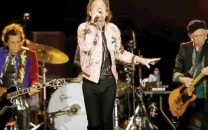






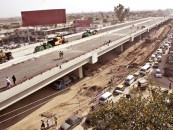



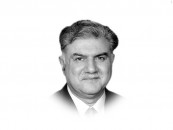

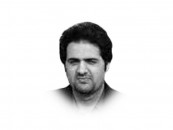
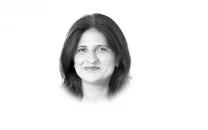

COMMENTS
Comments are moderated and generally will be posted if they are on-topic and not abusive.
For more information, please see our Comments FAQ